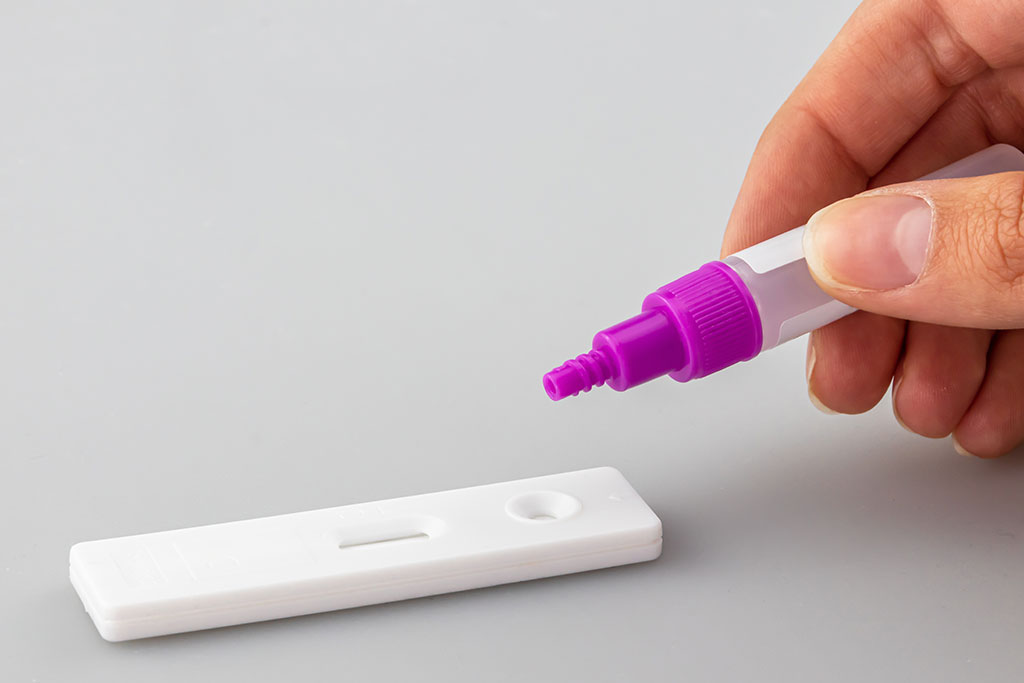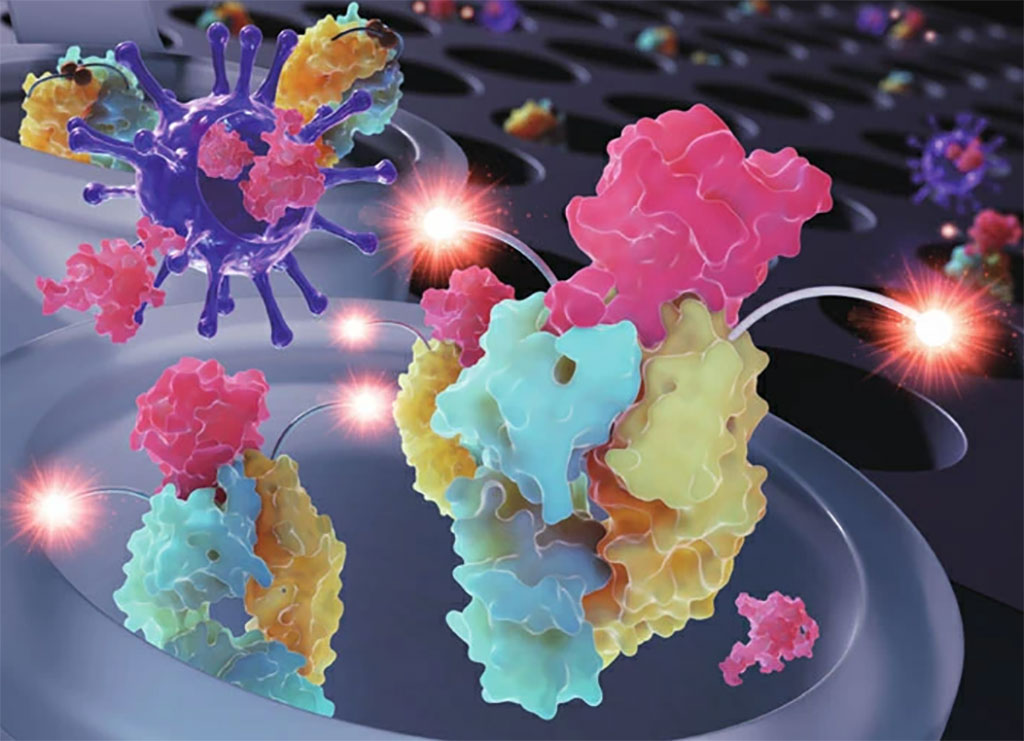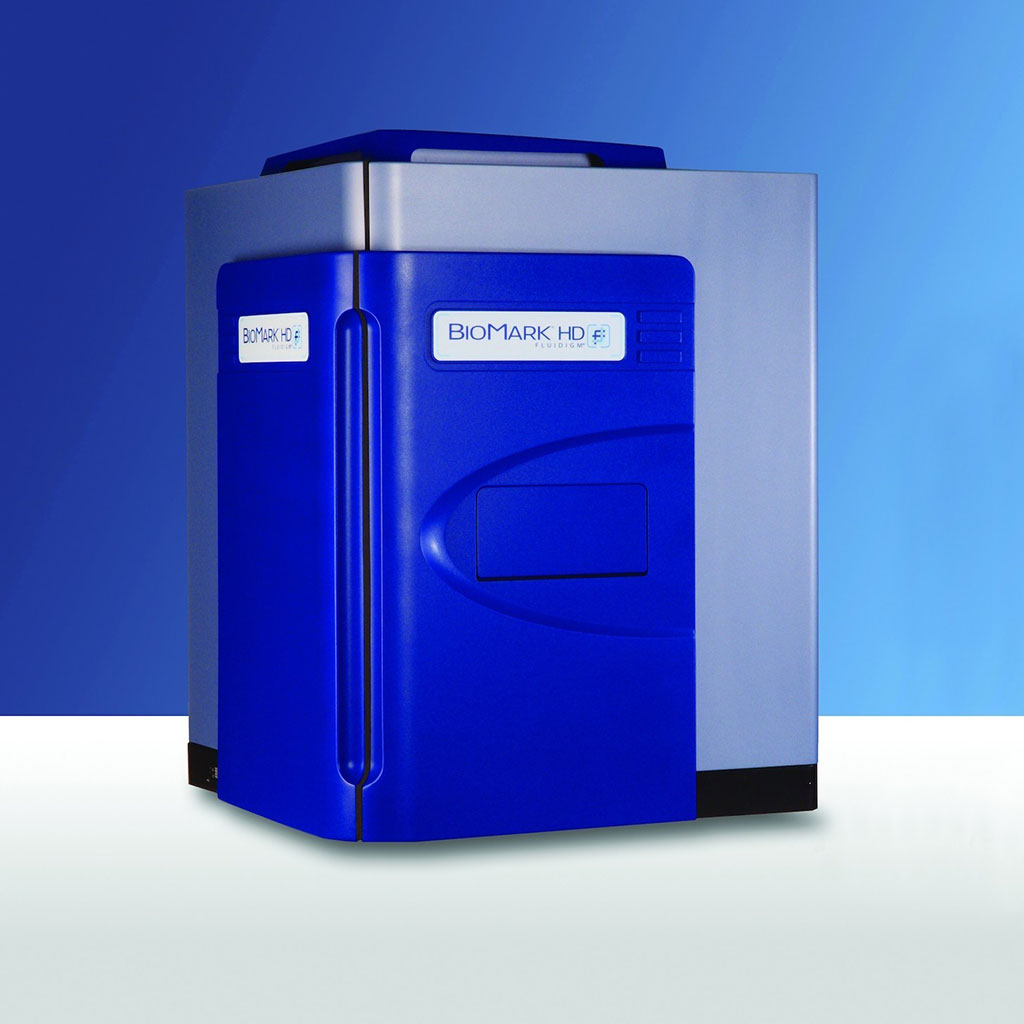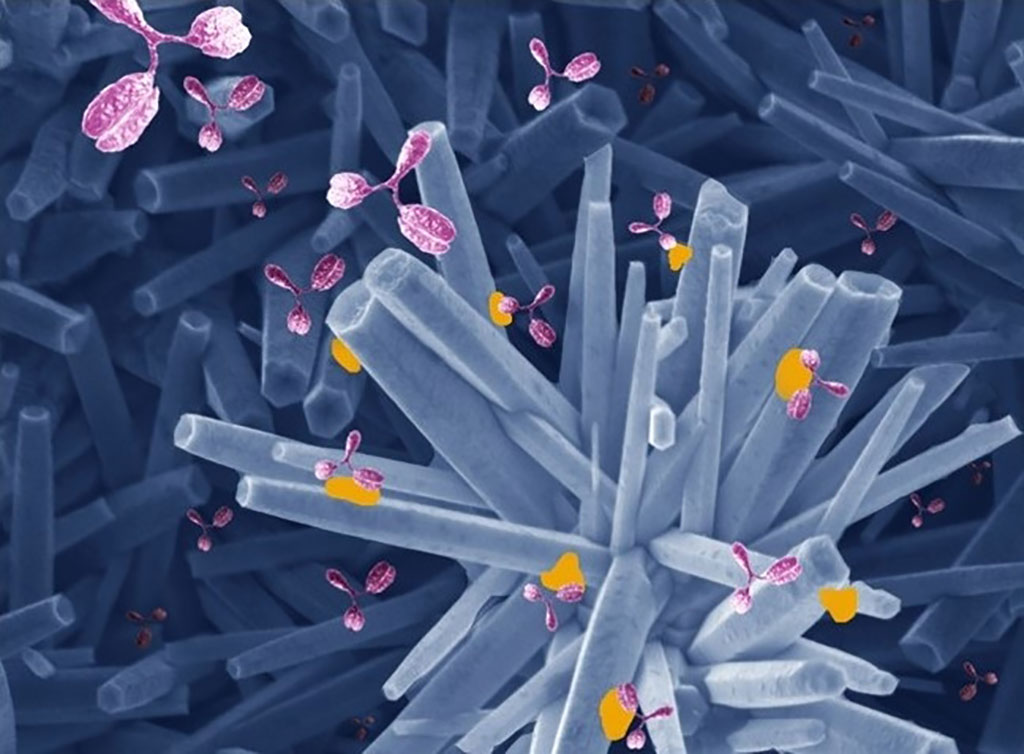AI Takes Guesswork Out Of Lateral Flow Testing
Posted on 19 Oct 2022
An artificial intelligence (AI) app to read COVID-19 lateral flow tests helped to reduce false results in a new trial.
A team of researchers from the University of Birmingham (Birmingham, UK), Durham University (Durham, UK) and Oxford University (Oxford, UK) tested whether a machine learning algorithm could improve the accuracy of results from antigen lateral flow devices for COVID-19. The LFD AI Consortium team worked at UK Health Security Agency assisted test centres and with health care workers conducting self-testing to trial the AI app. More than 100,000 images were submitted as part of the study, and the team found that the algorithm was able to increase the sensitivity of results, determining between a true positive and false negative, from 92% to 97.6% accuracy.

“The widespread use of antigen lateral flow devices was a significant moment not just during the pandemic, but has also introduced diagnostic testing to many more people in society. One of the drawbacks with LFD testing for COVID, pregnancy and any other future use is the ‘faint line’ question – where we can’t quite tell if it’s a positive or not,” said Professor Andrew Beggs, Professor of Cancer Genetics & Surgery at the University of Birmingham and lead author of the study. “The study looked at the feasibility of using machine learning to take the guesswork out of the faint line tests, and we’re pleased to see that the app saw an increase in sensitivity of the tests, reducing the numbers of false negatives. The promise of this type of technology could be used in lots of applications, both to reduce uncertainty about test results and provide a crucial support for visually impaired people.”
“The increase in sensitivity and overall accuracy is significant and it shows the potential of this app by reducing the number of false negatives and future infections. Crucially, the method can also be easily adapted to the evaluation of other digital readers for lateral flow type devices,” added Professor Camila Caiado, Professor of Statistics at Durham University and chief statistician on the project.
Related Links:
University of Birmingham
Durham University
Oxford University















